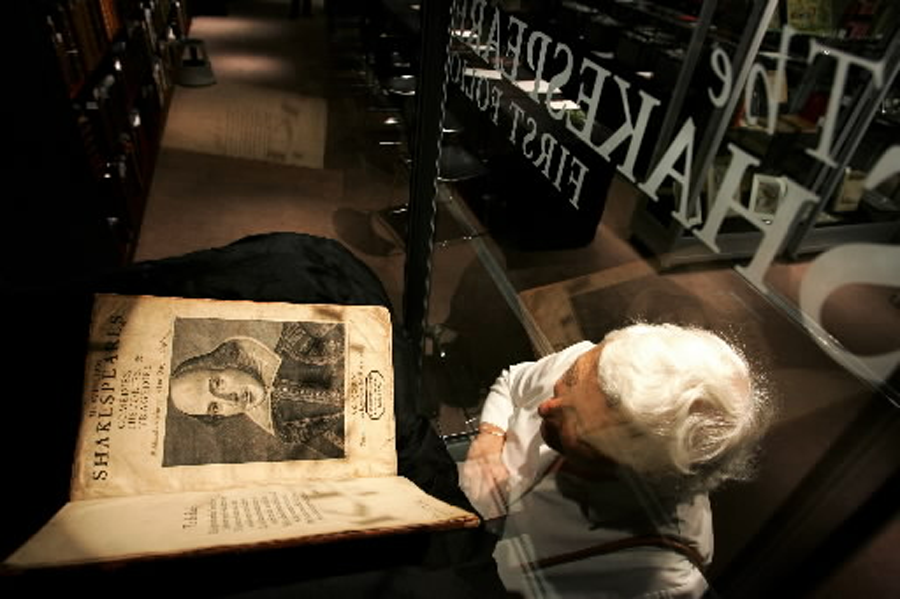Marginal notes – now being digitized – open a new window to Renaissance thinkers
Loading...
Old books can serve as a window into the time in which they were written, but it's harder to use them as a window into the moment in which they were read.
Notes written in the margin of centuries-old tomes can offer gleams of insight into the mindset of the reader, providing important historical context into how written material was interpreted over time. Such margin notes are random, hard to access, and often ignored.
A new research initiative to catalog handwritten annotations by Renaissance readers and scholars hopes to change all that.
The digital humanities research initiative, titled "The Archaeology of Reading in Early Modern Europe," has received a $488,000 grant to begin work cataloging and digitizing a comprehensive and searchable online resource for margin notes in Renaissance books held in various libraries, according to The New York Times.
This project is an important way to render accessible what is still very much an underutilized scholarly resource.
Earle Havens is the curator of rare books and manuscripts at Johns Hopkins’s Sheridan Libraries, and the project’s leader.
"Your university’s library could hold William Shakespeare’s annotated copy of the Bible, but if the person tasked to catalogue the book from the original object does not read the Elizabethan secretary hand, you would never know it was there,” he told the Times. “We hope that our project will also help advance accessibility to this vast archive of original manuscript source materials from the Renaissance that is almost entirely inaccessible.”
The project is an ambitious one. Renaissance-era margin notes represent one of the largest bodies of written work from that time period. The notes, scrawled in margins and even between lines, can be hard to read, and will require translation and interpretation to render them understandable and accessible to scholars and to the public.
Despite the difficulty, members of the project say it will be worth the trouble.
Anthony Grafton, a leading Princeton scholar on the history of reading and one of the principal investigators on the project, says margin annotations can give the reader an important window into history, according to the Johns Hopkins Hub. "Reading these marginal notes gives us the chance to stand by the desks of Renaissance scholars and look over their shoulders while they work at their trade," Grafton says. "We can watch them read and respond to a vast range of books, tracing their thoughts and glimpsing the ways in which they used their scholarship to advise kings, ambassadors, and archbishops."
The project will take several years to complete. The team hopes to first transcribe and translate a select number of heavily annotated books, and then digitize them on a publicly accessible website designed to maximize interactivity with the Renaissance texts, according to the Johns Hopkins Hub.
This is not the first time old, annotated books have been digitized for scholarly interaction, according to the New York Times. But the lack of a strong cataloging system for the annotations, if there is a system at all, means that most book annotations can only be found through luck more than anything else, making the scholarship on reader interaction with ancient texts sketchy at best.
Twenty-first century technology, however, is breathing new life into these dusty old annotations, and soon a wealth of information will be accessible to public and scholar alike, after centuries of obscurity.
"This is an exciting moment," Lisa Jardine, another project leader, said, according to the Johns Hopkins Hub. "We have been aware for some time of the unique importance of the copious annotations to be found in early modern books – marginal notes in ancient and modern languages tagged to printed passages, and cross-referenced to other notes and other books – but documenting and sharing them has largely defeated scholars. Only now with resources being developed within the digital humanities will we at last be able to do so."
Weston Williams is a Monitor contributor.








